How to Master Data Security Online for Businesses and Employees
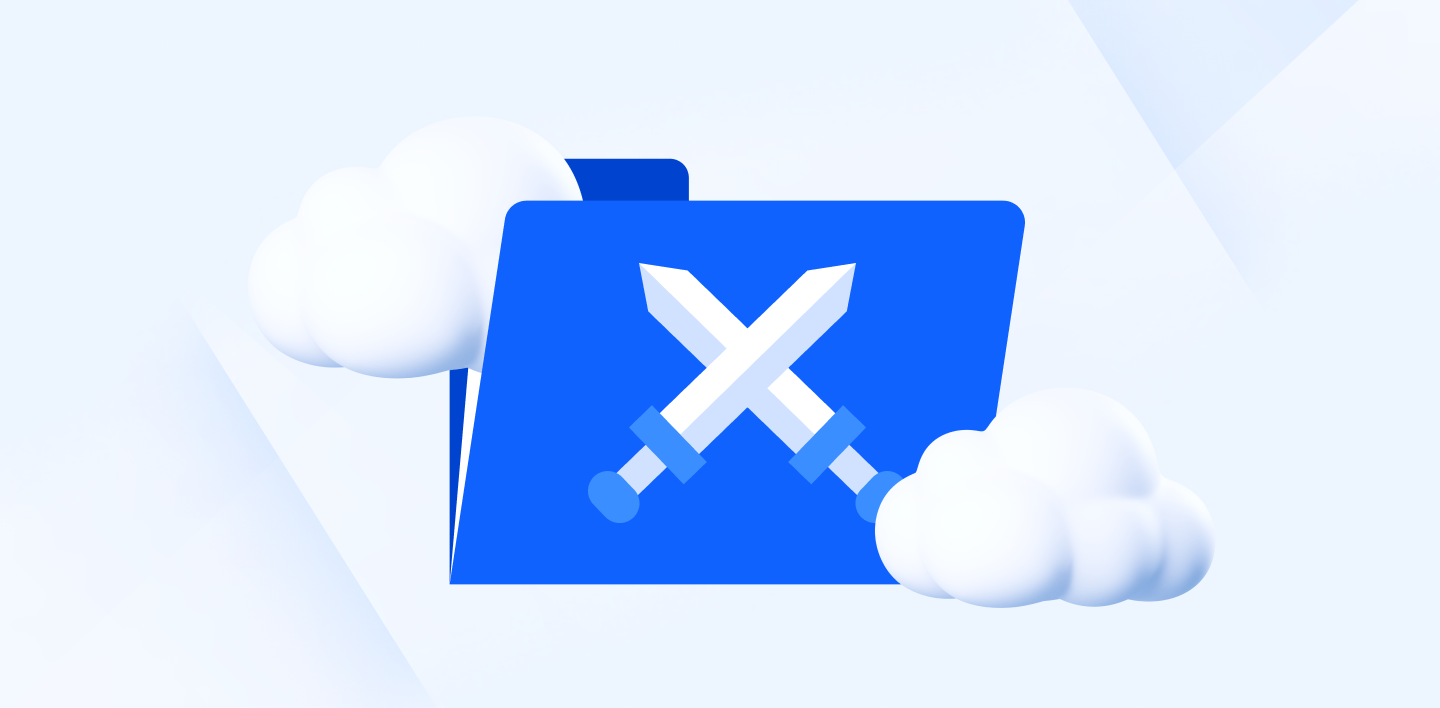
Data security is becoming a monumental challenge for businesses and individuals as we all try to manage and protect our data online. We maintain a balance of security, privacy, and backups to protect our information and that of others.
Businesses must navigate complex regulations alongside data breach protection to mitigate the risks of cyberattacks and financial loss with complex cloud infrastructures and disaster recovery methods.
For individuals, the rising sophistication of cyberattacks and protecting sensitive information are constant battles we all face online.
Addressing the challenges requires a thorough understanding of data security methods, including threat detection security protocols, and methods for protecting files online. Therefore, we will examine these in more detail throughout this article.
Table of contents
- Internxt private cloud storage
- VPN
- Endpoint protection software
- Physical storage
- Emerging data security trends to look out for
What is data security?
Data security is the practice of protecting information online to prevent unauthorized access, corruption, theft, or loss. Effective data security implements measures to ensure that sensitive and confidential information remains secure, private, accurate, and accessible only to authorized individuals.
Data security refers to the practice of protecting digital information from unauthorized access, corruption, theft, or loss. It involves implementing measures to ensure that sensitive data remains confidential, accurate, and accessible only to authorized individuals.
When asking what is data security, you will likely hear the following attributes of what effective data security consists of:
Encryption: When managing, storing, or sharing files, you must use end-to-end encryption to prevent hackers from accessing data. Encryption converts data into a secure format known as ciphertext, ensuring that even if data is intercepted, it remains unreadable without the proper decryption key.
Access controls: With the right tools, you can have full control over who can view or modify data with zero-trust policies and by requiring credentials to access sensitive information to limit who can access data and limit the chances of data mismanagement.
Regular updates and patching: Hackers sometimes target outdated systems to exploit security vulnerabilities to access networks or devices. By keeping all software up to date, such as Wi-Fi networks, you can reduce the risk of hackers exploiting these weaknesses.
Backup data: Backing up data is another vital part of data security, as you can always access and recover previous copies of your files in case of data loss, corruption, or ransomware attacks, which often target businesses.
Monitoring and threat detection: Even with data security measures in place, we must all monitor and update our security protocols often. In doing so, you can identify and respond to suspicious activity to minimize damages and implement the necessary security response plan.
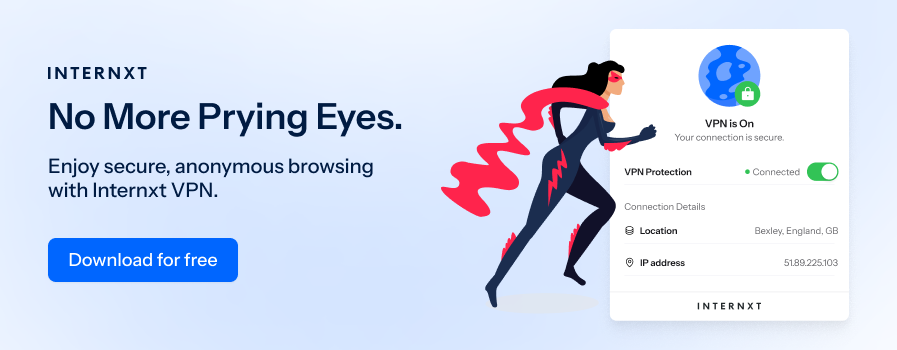
Secure networks: Our networks are vital barriers against hackers, so protecting data with firewalls, VPNs, and encrypted services helps maintain security for ourselves and others.
Compliance with regulations: Adhering to legal standards based on location is another level of data security that businesses must implement. Common compliance regulations include the GDPR or CCPA to ensure data is handled responsibly. Demonstrating this compliance helps build customer trust and can save businesses millions by avoiding fines for data mishandling.
What kind of data is at risk?
Understanding what data is vulnerable helps in crafting better protection strategies. This data varies from person to person, but for individuals, the most common data at risk is:
Personal data: full names, addresses, phone numbers, social security numbers, and dates of birth are often targeted.
Financial information: bank account details, credit card numbers, and tax records.
Personal files : photos, videos, or health records can lead to identity theft, financial fraud, or privacy violations. For businesses, the main threat to data security is personal identifiable information and payment details, which may include:
- Employee data: payroll information, social security numbers, and credentials.
- Compliance-sensitive data: personal information related to industry regulations, such as health records (HIPAA) or financial transactions (PCI DSS), is also highly vulnerable, with healthcare services being the number one target for data breaches over the last few years.
When a data breach or cyberattack happens, we often don’t know it has happened until it’s too late, which is why we must plan against these threats to prevent our information from leaking online.
As recently as October 2024, almost 300k email addresses, names, phone numbers, and addresses were leaked online after an attack on an Australian mortgage broking group.
Another famous incident was a data breach from The Internet Archive, “The Wayback Machine,” in which 31 million users were affected after a threat actor compromised the website and stole email addresses, user names, and other data.
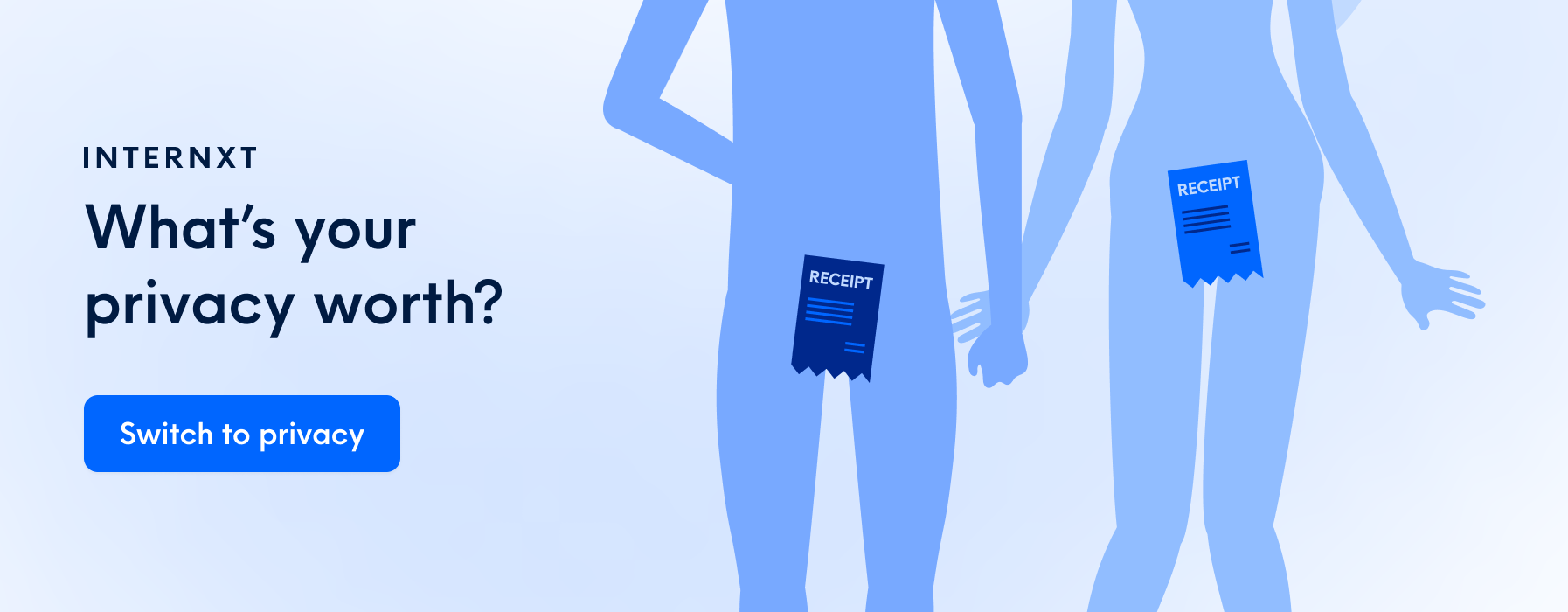
Threats to data security
There is a constant pull and push between cybercriminals and cybersecurity experts to keep data security technology at its peak to protect against data breaches, which cost companies almost $5 million in 2024.
Some threats to data security have existed since the 1940s, when cybersecurity was first developed. Since then, technology has evolved rapidly, and new developments in Artificial Intelligence and other technologies have increased the risk of us losing our data, finances, and identity.
Here are some of the most common threats to our data that businesses and individuals face.
Phishing
Last year, 493.2 million phishing attacks were recorded, with email phishing being the most common tactic cybercriminals use to gain access to your accounts by posing as a trustworthy company.
Below is an example of what a phishing email may look like.
Phishing emails target users with malicious links that send them to a fake website asking for login, credit card credentials, or other sensitive information. To identify and prevent phishing attacks, check the email from the sender, hover over links to see where they take you, and look for a sense of urgency or grammar mistakes.
If you’re not expecting an email from Apple or any other company regarding the status of your account, it is likely a phishing attempt, and you should report and delete the email immediately.
Malware
Malware, or Malicious software, includes viruses, ransomware, and spyware designed to infiltrate systems and cause harm. It can steal data, encrypt files, making them or the device inaccessible unless a ransom is paid, or monitor user activity to gain access to more sensitive data.
Malware typically spreads via social engineering tactics or software vulnerabilities, so keeping employees and your systems up to date will help optimize data security and reduce malware threats.
Insider threats
Sometimes, businesses can face data loss accidentally by employees due to improper cyberawareness or, more disturbingly, from an employee misusing their credentials to steal or access data for their gain.
Weak passwords
Weak or misused passwords or passphrases give hackers easy access to accounts. Despite the importance of a secure password, it is often overlooked by many, as people are unaware of how easily hackers can access your password via phishing or password-cracking software.
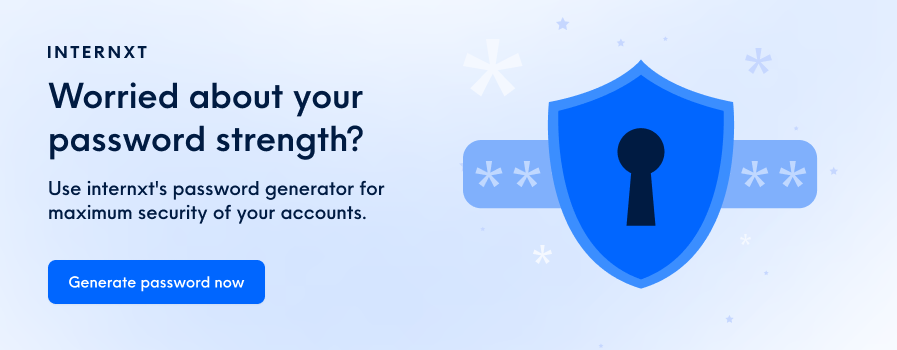
Device theft
Accidents happen, and laptops, phones, tablets, USB drives, or other sensitive information documents can be lost or stolen. If the device isn’t sufficiently protected with a secure passcode, passphrase, or other secure authentication protocols, the thief can easily browse your device, access your accounts, and steal as much information as they please.
Data security tools and solutions
So, what can we do to prevent these threats? Fortunately, for all cyberattacks, there are companies and tools dedicated to providing the best data security methods for enterprises, personal, or business use.
Internxt private cloud storage
Internxt Drive is a fully end-to-end encrypted platform that follows EU compliance laws to store and share your files with complete privacy guaranteed. It offers award-winning encryption cryptography that encrypts your data directly on your device, securing it from hackers before it is uploaded.
What’s more, as a zero-knowledge company, Internxt has zero access to your personal information; you hold the encryption keys to your data for the most private cloud storage possible.
Businesses can enjoy the best security protocols to monitor teams and ensure access is restricted to authorized personnel. Business plans offer storage of up to 2TB for up to 100 users, or object storage plans at €7/month/TB for large-scale data management for enterprises.
Internxt is a versatile platform available for Windows, Mac, and and Linux. It also supports WebDAV and Rclone for users needing more file management control.
Get started with any of Internxt’s monthly, annual, or lifetime private cloud storage solutions, and enjoy a new alternative to Google Drive and other Big Tech companies, with a privacy suite that includes VPN and Antivirus included in any subscription or lifetime plan.
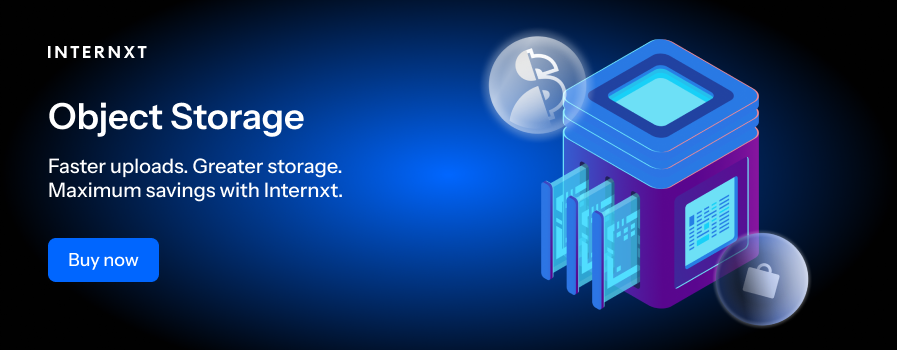
VPN
Internxt’s VPN encrypts your connection on a Wi-Fi network, ensuring that external threat actors can’t access or steal information such as passwords, credit card details, etc, sent over the network.
A VPN also helps you remain anonymous online by hiding your IP and prevents targeted ads from collecting and sharing your data, exposing it to data breaches. A VPN is also beneficial for business workers working remotely, as it secures devices from hackers in high-risk areas that use public Wi-Fi, such as airports, cafes, or Airbnb.
Endpoint protection software
Endpoint protection software protects data across devices like desktops, laptops, mobile devices, tablets, also known as endpoints.
Endpoint protection software works by backing up data from these devices to a secure location, ensuring the data is recoverable in case of failure, attack, or accidental deletion.
Endpoint protection backs up files, allowing for increased redundancy. It can also help businesses build a layered security strategy to help with the auditing process, demonstrate efficient data security, and reduce the risk of data loss.
Physical storage
Physical storage such as hard drives, external storage units, or Network-Attached Storage (NAS) systems also store and back up data. Although people are moving more to a cloud-based solution, physical storage devices can offer a reliable and offline method of protecting data.
Integrating physical storage alongside your cloud provider is an effective backup to protect your data; many hard drives can be encrypted to protect against ransomware, with backup features built in.
Although physical storage is often an additional measure for data security, storing all data on physical devices is not recommended, as they are more prone to loss, theft, damage, or corruption.
Emerging data security trends to look out for
Fortunately, there are also growing data security trends on the horizon, so the future of cybersecurity looks bright as new technology is being developed.
Key trends include Identity and Access Management and zero-trust architecture, which businesses can implement to establish security frameworks that minimize employee’s access to systems unless absolutely necessary.
Another data security trend on the rise is more advanced cryptography, known as post-quantum encryption. As quantum computers continue to advance and see real-world implementation, they could theoretically break current encryption, putting everyone’s data at risk.
PQE is being pushed so all data can remain protected from these threats. Internxt is at the forefront of this push for data protection by being one of the first cloud providers to include PQE to keep your personal and business data secure.
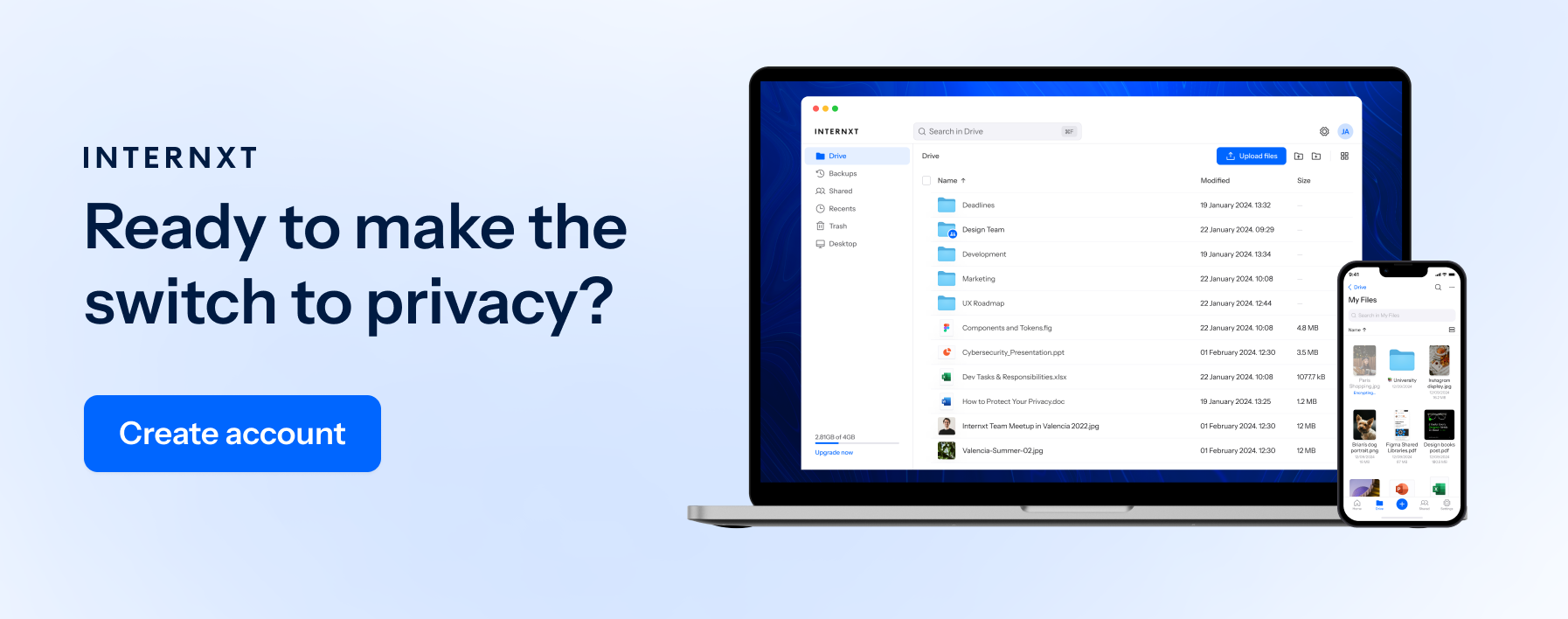
Conclusion
When companies and people work together, the threats to our data can be significantly reduced, and we can all help limit the threats of hackers or even big tech companies from profiting from our data.
However, it’s essential not to wait to protect our data or rely on others to do it for us. We are the only ones with complete control over our data security, so join Internxt today for the best cloud storage for businesses best cloud storage for businesses protection for your files.
Plus, download our VPN for free to protect you online, and stay updated with our blog to get the best information on data security and the most effective methods to stay safe online.

